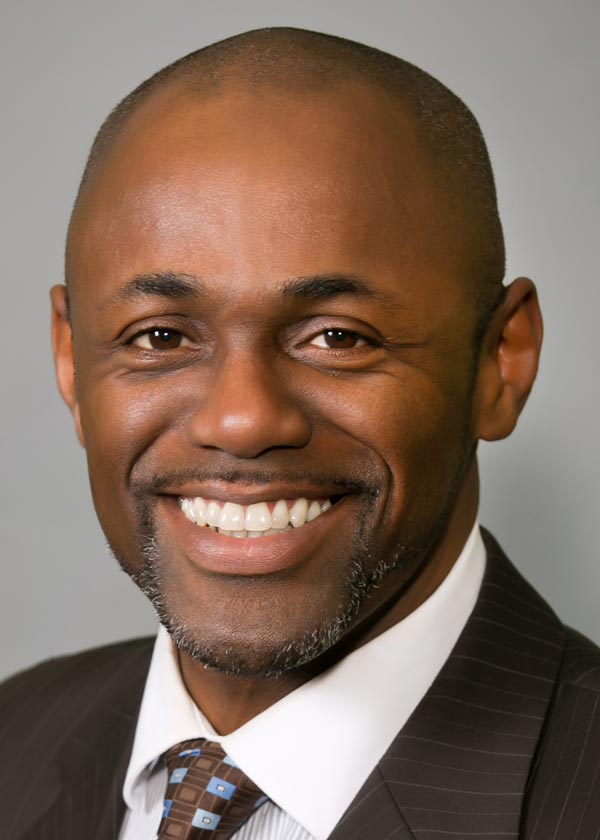
We’ve all participated in a workplace meeting at some point where we found ourselves judging whether or not this meeting actually counts as a good use of our time. You know there’s information being shared, but you’re not quite sure why that information is being shared. Those types of conversations can fall into one of two areas: 1) low-value conversations where the subject matter has low urgency and low importance, and 2) distractions that have high urgency but low importance.
Then, there are two other types of meetings that tend to bring about a higher level of engagement for everyone in the room. One falls under the heading of “crisis.” These conversations are driven by high urgency and high importance — something has to be done now or something bad will happen later. While these meetings tend to hold everyone’s attention, they also tend to be extremely draining and cause plenty of anxiety. That is not a good place to be very often. The challenge is: how do you avoid spending unnecessary time in those conversations when, hopefully, you’re not the one creating the circumstances that led to the crisis?
We are surrounded by plenty of crisis-driven conversations in public education today. The list includes the teacher shortage crisis, in which data shows we would need to hire an additional 135,000 teachers to reach the national average. And it’s not just teachers. According to the latest edition of CSBA’s “Behind the Numbers,” California has one of the worst teacher–pupil ratios in the nation and some of the lowest overall staffing levels in the country. We are 49th in school counselors, 46th in instructional aides, 44th in principals and assistant principals and 48th in overall staff–student ratios.
Another crisis facing California’s public education system is the overwhelming growth in employer pension contribution costs that will more than double over the next five years. It was just a few years ago, in 2013–14, when those costs were roughly $497 per student. It’s projected that by 2023–24, those costs will be $1,476 per student. We are already dealing with a funding system that meets only the minimum requirements for students, but does not meet the needs we are being asked to address in preparing students for college, career and civic engagement.
Finally and thankfully, there are meetings that center around strategy. These conversations are driven by topics that have low urgency but high importance. In other words, the work will lead to important long-term outcomes. It means that the work is being done well in advance of that topic becoming a crisis. Sometimes that strategic work can even be found in the post-mortem evaluation of a crisis by asking the question: What do we need to put in place so that we are never faced with that crisis again?
However, boards have many tools at their disposal to identify these strategic topics before they become a crisis. One of your most valuable resources is your own community. Are you engaging them in a meaningful way to learn what they see as the district’s biggest issues and encouraging suggestions on how to address them? Have you looked at your California School Dashboard results to plan how to target your Local Control Funding Formula monies? Are you using your Local Control and Accountability Plan to address areas of need and align funding there in a manner that is evidence-based and data-driven? Are you constantly evaluating your results and using them to adjust goals and strategies where appropriate?
By using a cycle of engagement, research, evaluation and review, districts can head off crisis situations, or at least see them coming early enough to mitigate the damage and the amount of time spent putting out the fire.
So how does a board remain focused on solving crises and addressing the strategic needs of a district or county? Research tells us that effective school boards spend less time on operational issues and more time focused on policies to improve student achievement. Effective school boards start by asking themselves what are the priorities we need to focus on that will improve student outcomes and conditions for equitable teaching and learning? It’s a conversation that doesn’t rest with any one member of the board. The right questions are the ones that ultimately lead to a collective understanding of how each board serves the students and families that have placed their faith and trust in all of us to do what is right.